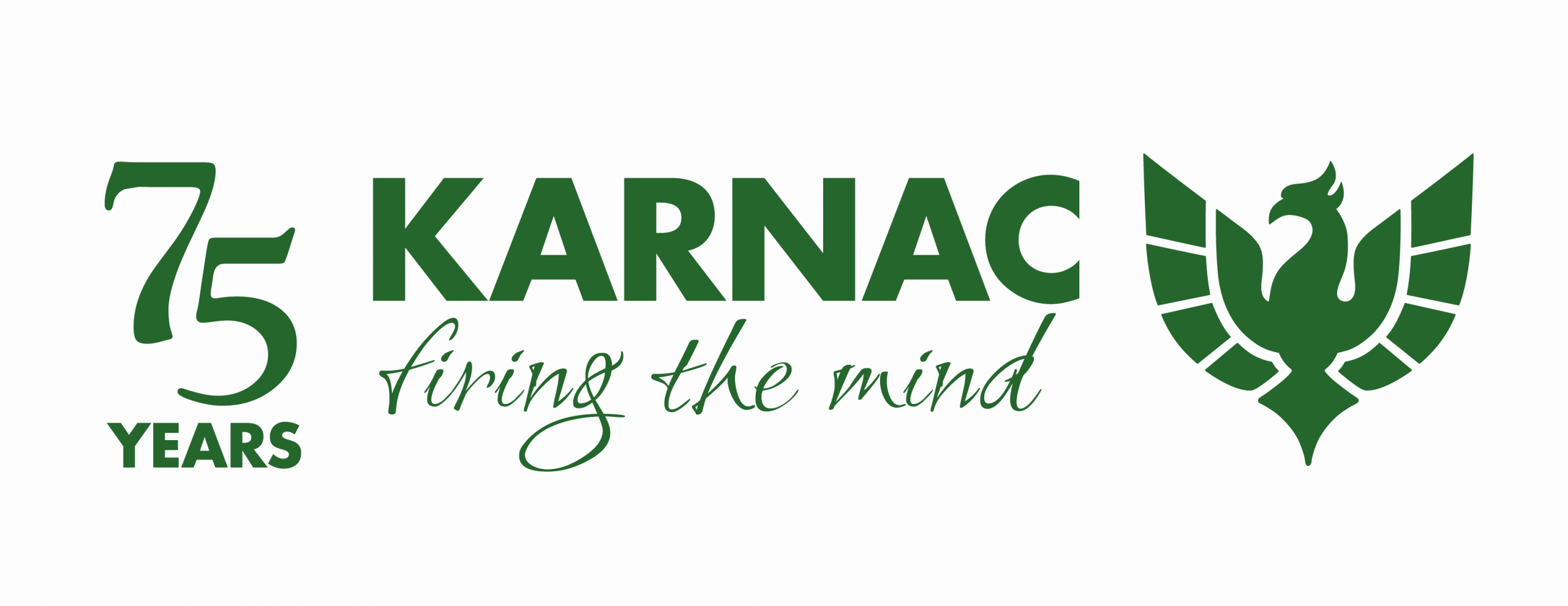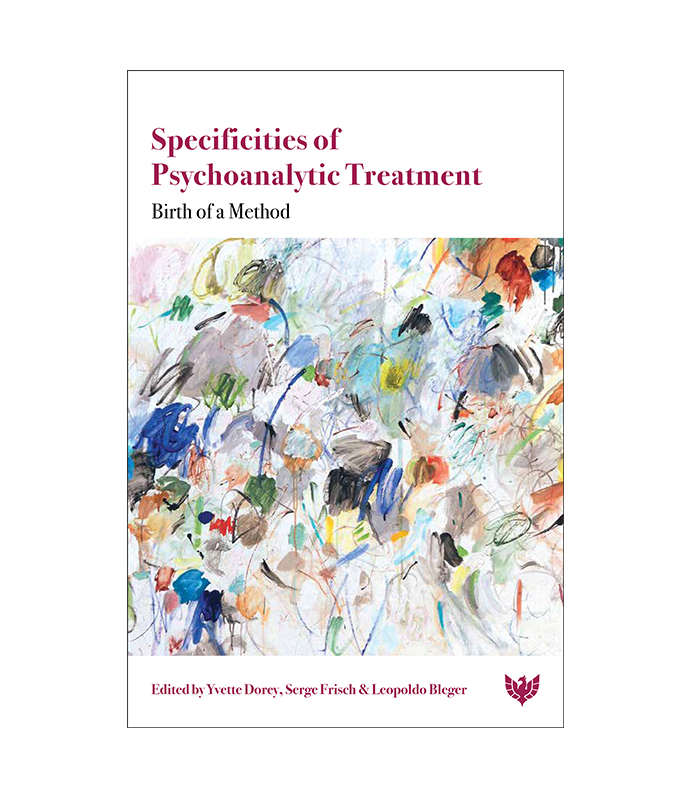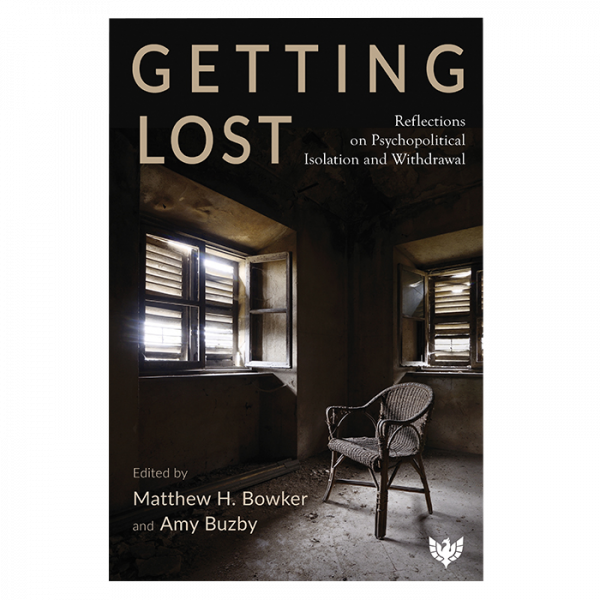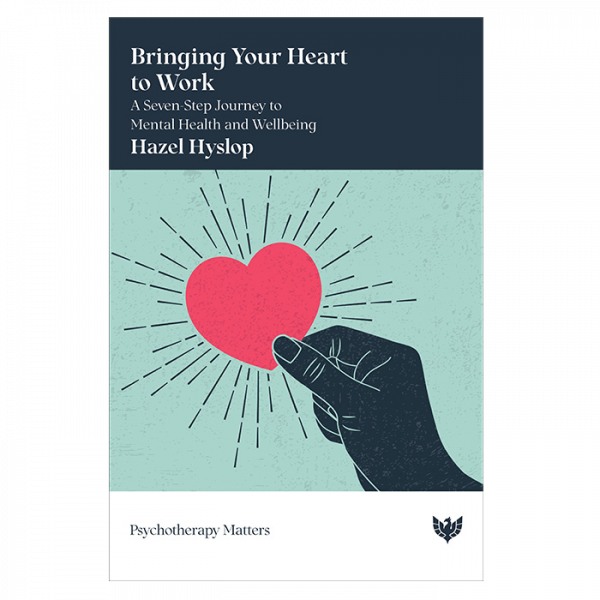Inter-analytic exchange involves associatively voicing thoughts in response to the clinical material of a patient, thus shedding light on some of the intrapsychic activity of psychoanalysts at work. Various transferential movements which may emerge must be contained and processed within this framework. For a day and a half, a group of analysts freely associates on three sessions of clinical material presented by a colleague (who remains silent during the discussion) in the presence of two moderators and a silent observer-rapporteur. This forms the core dispositif of the Specificity method.
The general framework of the method is upheld by a European research group that meets biannually. Members establish annual clinical working parties during the European Psychoanalytic Federation (EPF) Congress, where they review observer reports and work through them using, again, free association. A summary of each session is transcribed and a subgroup is dedicated to the systematic reading of the reports to produce further study. While the dispositif does not offer an absolute guarantee, over fifteen years of experience and exploration have proved its worth. It is now a recognised model within the EPF and the International Psychoanalytical Association (IPA).
This collection documents the history of the origins of the method and the discoveries made, the results of the research, and also the ongoing questioning within the EPF. It is neither exhaustive nor didactic, but instead invites you, the reader, to integrate your experiences with the ones presented herein. This is a must-read for all psychoanalysts and clinicians.





 Yvette Dorey
Yvette Dorey 
 Leopoldo Bleger
Leopoldo Bleger
Jan Abram, training and supervising analyst, British Psychoanalytical Society; former chair, Paris Group; president, European Psychoanalytical Federation –
‘The reader will find an extraordinary collection of writings from analysts who have been engaged with a psychoanalytic research project to identify the core concepts of the analysing situation. This impressive accomplishment is that a new research method has been movingly born. Inter-analytic group work that takes place at international psychoanalytic conferences has forged a method that provides evidence for the living validity of the Freudian project. This volume highlights a rare innovation of a convincing psychoanalytic research method that is intrinsically psychoanalytic. The chapters are presented in a sequence that accounts for the evolution of this unique methodology that continues to be realised in the context of the European Psychoanalytical Federation and beyond.’
Cláudio Eizirik, training and supervising analyst, Psychoanalytic Society of Porto Alegre; professor of psychiatry, Federal University of Rio Grande do Sul –
‘This is perhaps one of the authors’ main achievements: they invite the reader to follow them throughout their clinical and theoretical experience and to feel like a member of one of the groups, to identify with the rapporteurs or observers, to share doubts and possible interpretations, and to come into contact again, as we do in our daily work, with the specificities of psychoanalytic treatment.’
Ruggero Levy, full member and training analyst, Psychoanalytic Society of Porto Alegre (SPPA) and International Psychoanalytical Association; past president, SPPA –
‘Specificities of Psychoanalytic Treatment: Birth of a Method is the fruit of almost twenty years of work, reflection, and research by a group determined to defend research in psychoanalysis based on the psychoanalytic method itself. Readers will certainly be delighted to follow the journey of the Specificity Working Party from its creation, its development, its validation, and the multiple experiences of its presenters, observers, and moderators. Each of these roles in the exercise of the dispositif is dissected from the experience of Specificity Working Party’s members.’